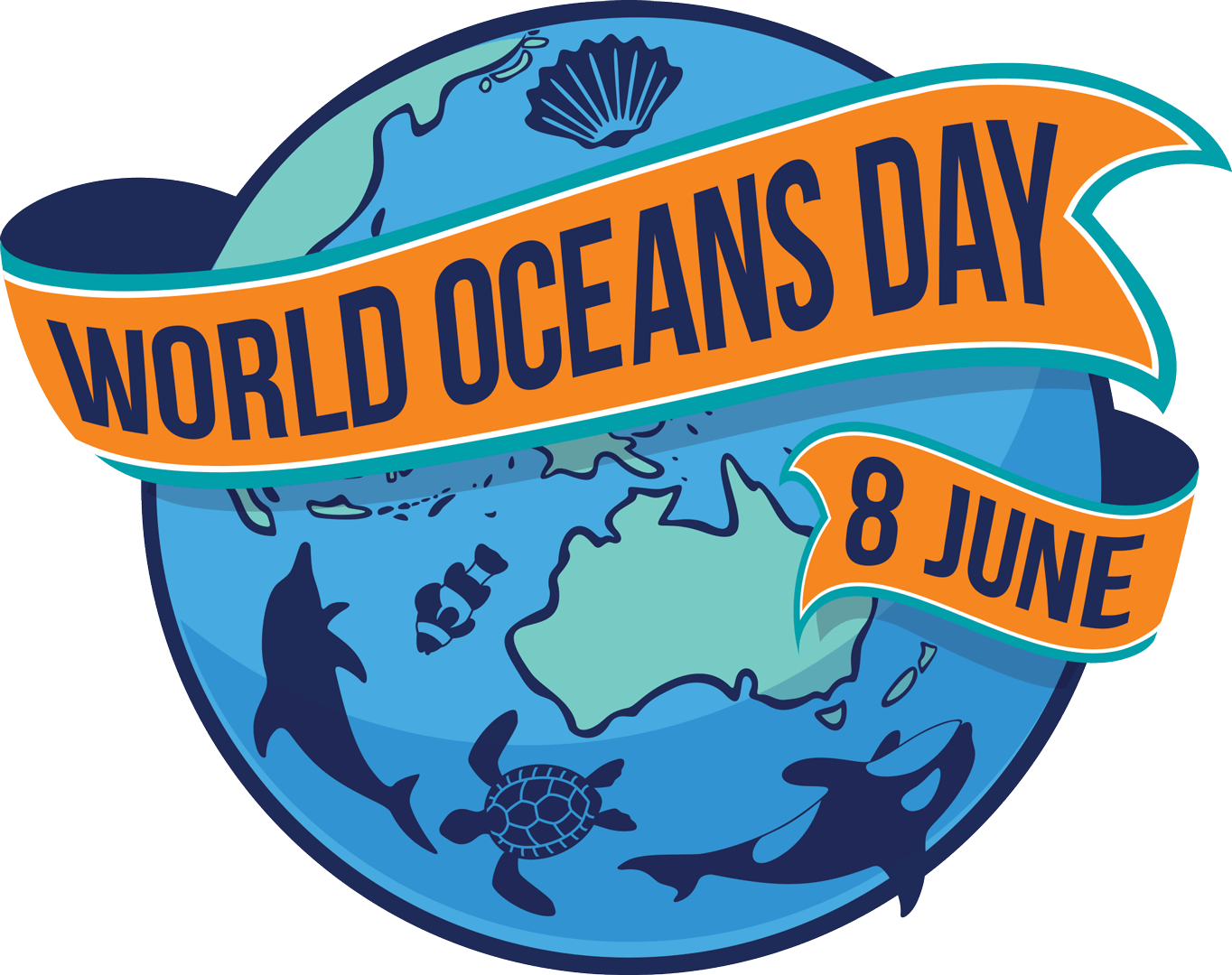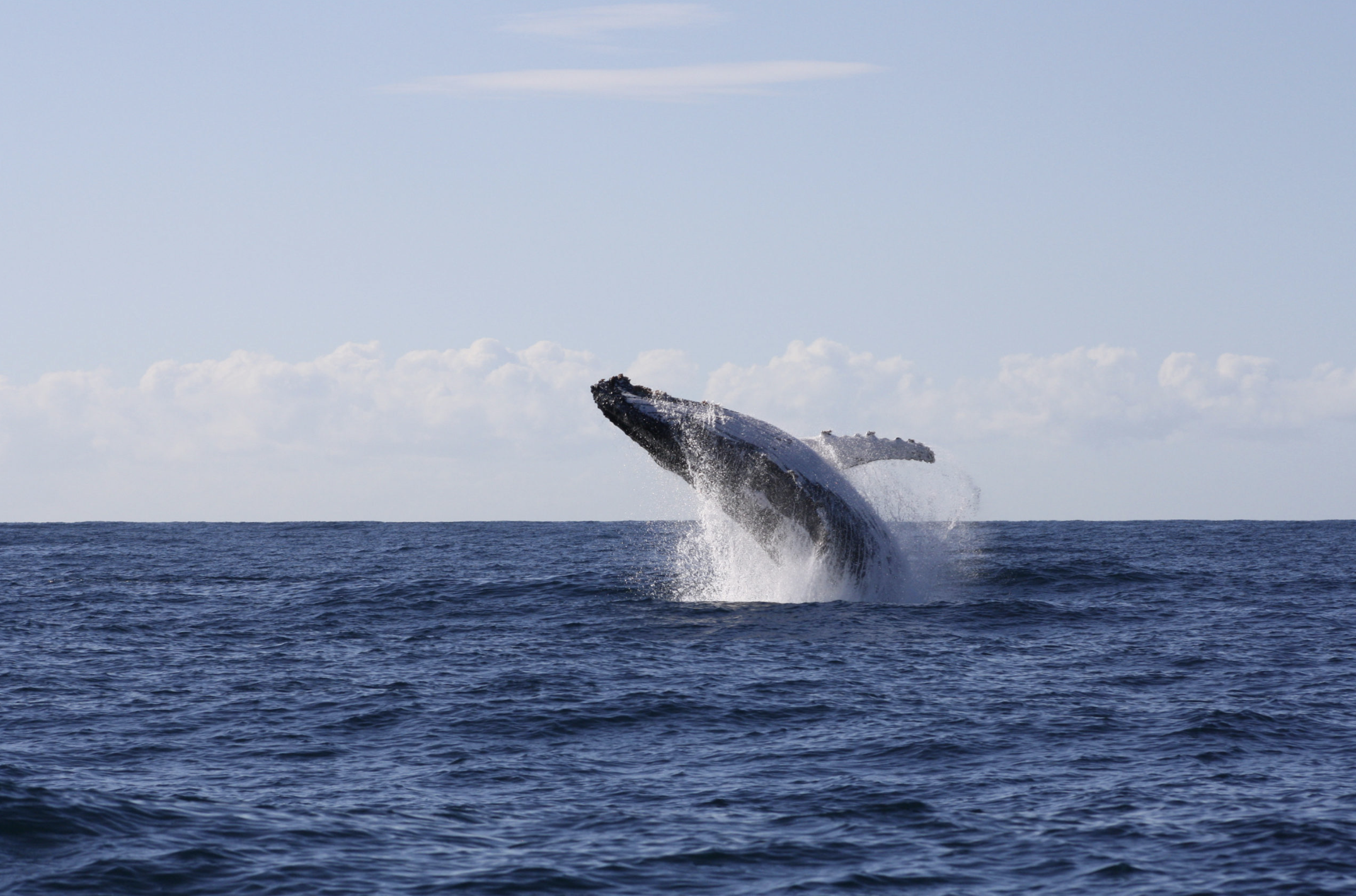🌊 5 Actions You Can Take to Help Protect Our Oceans on World Ocean Day- from an Australian Underwater Photographer
As an underwater photographer, freediver, and mother raising her family by the sea, I see firsthand the power the ocean has to heal, inspire and connect us. But I also see the toll we’re taking on it. Plastic pollution tangled in seaweed, reef systems bleaching, wildlife struggling to survive in warming waters and the impact of shark nets and drum lines; the threats are real and are right here on our doorstep.
So what is World Ocean Day?
World Ocean Day is celebrated every year on June 8 to recognise the critical role the ocean plays in sustaining life on Earth. It’s a day to celebrate the sea’s beauty and power; but also to raise awareness of the threats it faces and inspire action to protect it. From coastal communities to global policy changes, it’s a collective call to put the ocean first.
But World Ocean Day isn’t just about awareness—it’s a call to action. So here are 5 realistic, impactful actions you can take to help protect our oceans. No greenwashing. No guilt-tripping. Just empowered choices that ripple outward.
1. Say no to single-use plastic (especially when outdoors)
That cheeky takeaway coffee cup or soft drink bottle on your beach walk? It never stays on land. Take three for the sea. Choose reusables. Make it your norm.
2. Support ocean-friendly brands and local conservation
Put your dollars where your values are. Support local businesses and ocean-focused organisations that prioritise sustainability, reef-safe ingredients, and ethical practices. Better yet—ask questions. Conscious consumers change markets.
3. Vote with your voice and values
Whether it's local council decisions on coastal developments or national climate policy—your voice matters. Sign petitions, write to MPs, share science-backed ocean content. You don’t need a megaphone. Just start talking. The Australian Marine Conservation Society takes real action for our waters and is a great place to start using your voice for change.
4. Reconnect with the water
The more we feel connected, the more we act. Swim. Dive. Snorkel. Let your kids see you love the ocean. Reconnection is the antidote to disconnection—and the spark that lights change.
5. Share ocean stories
Share the beauty, the urgency, and the wonder of the sea. Post your favourite ocean moment. Tell your kids bedtime stories about whales. Book an underwater photo session that celebrates the sea. What we love, we protect.
On this World Ocean Day, remember;it’s not about perfection. It’s about momentum. One action at a time. From the shoreline to the deep blue, your choices matter.
💙 With salt in my hair and purpose in my lens,
Katie x
One Breath Creative
I saw my first whale of the season!
The great humpback whale migration has started on the east coast of NSW. Head out to a lookout in Sydney or the Central Coast to watch these incredible mammals head north for winter, or jump on a boat with a local whale watching tour operator to see them up close.
Winter along the NSW coast brings more than just offshore winds and great ocean visibility; it marks the return of one of nature’s most breathtaking spectacles- the annual humpback whale migration. And if you are lucky enough to live here- we can view these incredible mammals on our doorstep!
Starting at the end of May, beginning of June, thousands of humpback whales begin their epic journey from the krill-rich waters of Antarctica to the warmer breeding grounds of the Coral Sea. This 12,000 to 16,000 km round trip is one of the longest migrations in the animal kingdom. By early June, sightings off Sydney and the Central Coast become increasingly common, with whales breaching, tail-slapping, and cruising close to shore.
Peak viewing typically occurs from late June through July, when hundreds of whales pass by daily. Prime vantage points in Sydney include North Head, Cape Solander, North Curl Curl and Long Reef in Sydney. On the Central Coast you can head to Bouddi National Park, Copacabana, Forresters Beach, Crackneck in Bateau Bay, Terrigal Haven and Soldiers Beach.
If you are an ocean lover; there are some fantastic tour operators that head out on the ocean daily (weather permitting) so that you can see these incredible animals up close. Some operators, such as Wobegone in Jervis Bay, offer swim with whale experiences (www.woebegone.com.au). For fellow coasties- Terrigal Ocean Tours (www.terrigaltours.com.au) have trips heading out daily and have some great mid week deals. I went out with them twice this season and hope to take my children out for the first time, this winter.
For ocean enthusiasts, this season offers a unique opportunity to witness these majestic creatures in their natural habitat. Whether you're a seasoned whale watcher or a first-timer, the migration is a reminder of the wonders that lie just beyond our shores. The humpback whale migration is a great ‘good news story’ for environmental conservation policies. Thanks to decades of strong conservation policies (including the 1966 international ban on commercial whaling) the humpback whale population has made a remarkable recovery, with numbers in Australian waters increasing from just a few hundred to over 40,000. However, these gentle giants still face serious threats. Shark nets entangle migrating whales each season, causing injury or death, while large-scale krill fishing in the Southern Ocean threatens their primary food source. We can all help by supporting marine conservation initiatives, choosing sustainable seafood, advocating for non-lethal shark control methods and reporting whale entanglements to marine rescue authorities. Every action counts in protecting these icons of the deep.
So grab your binoculars, head to the coast, and keep an eye out for the telltale spouts and splashes. The giants have arrived—don't miss their spectacular show!



